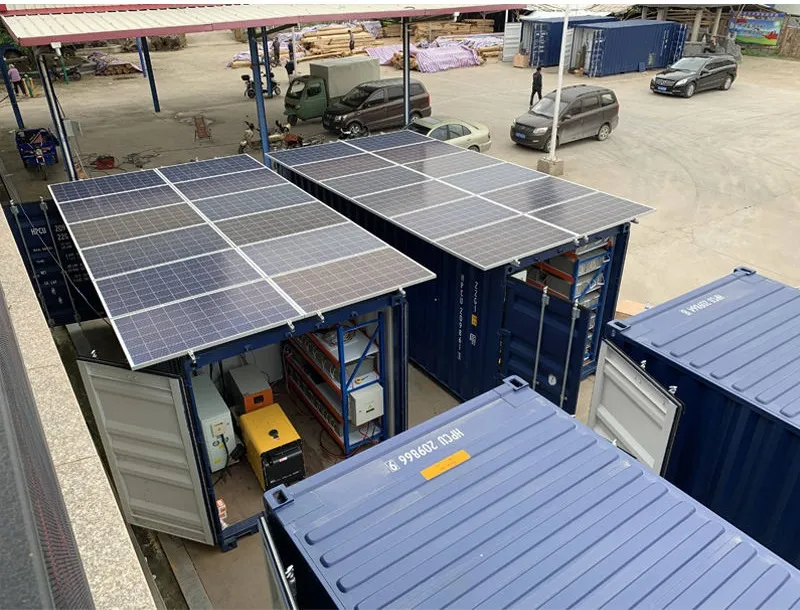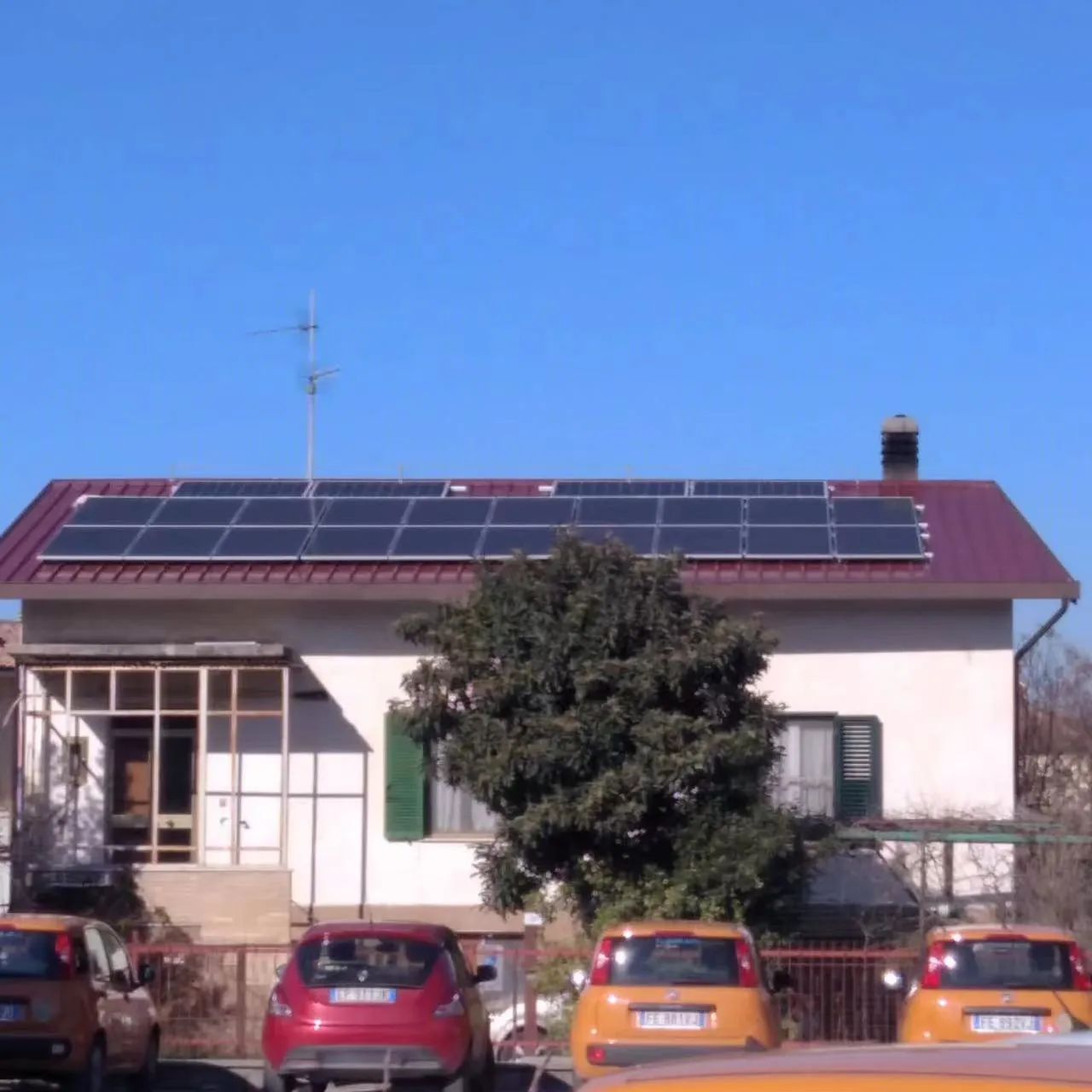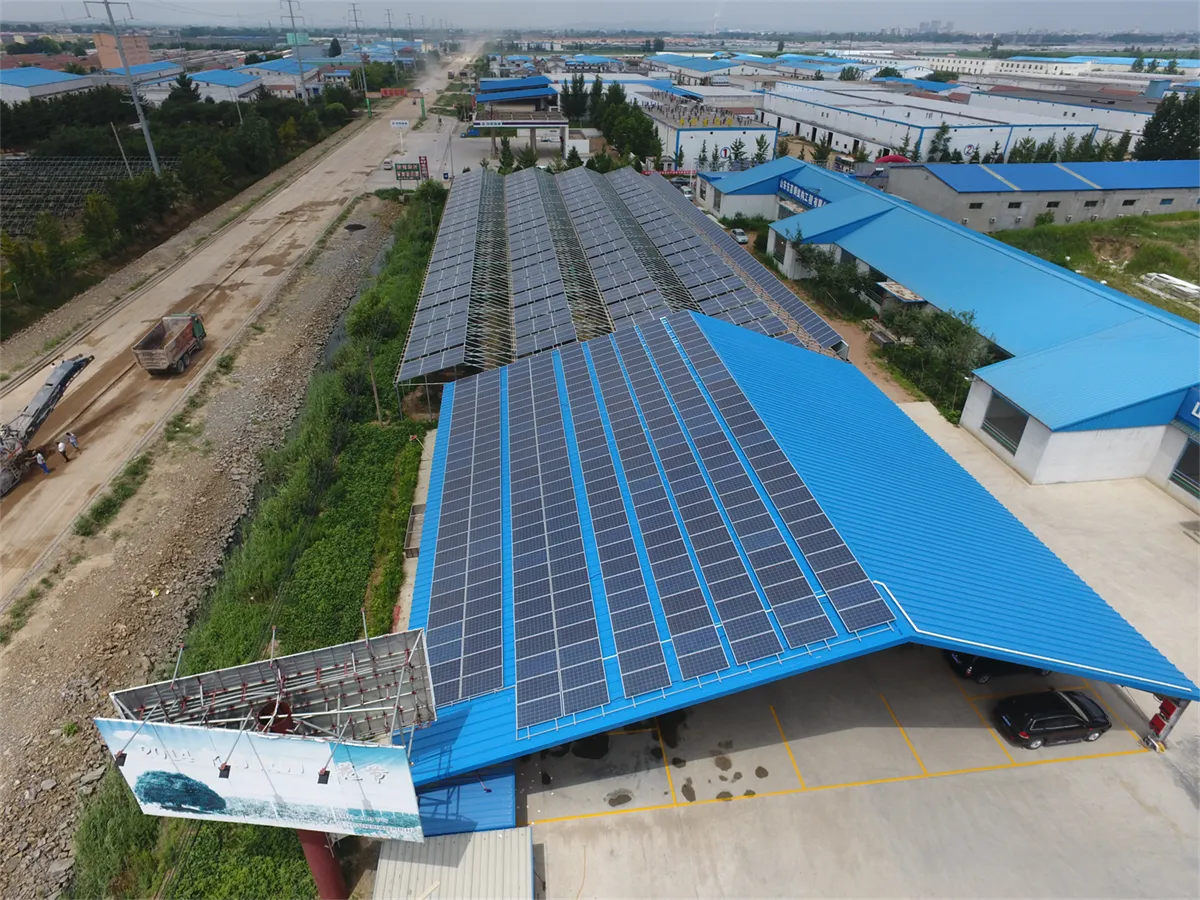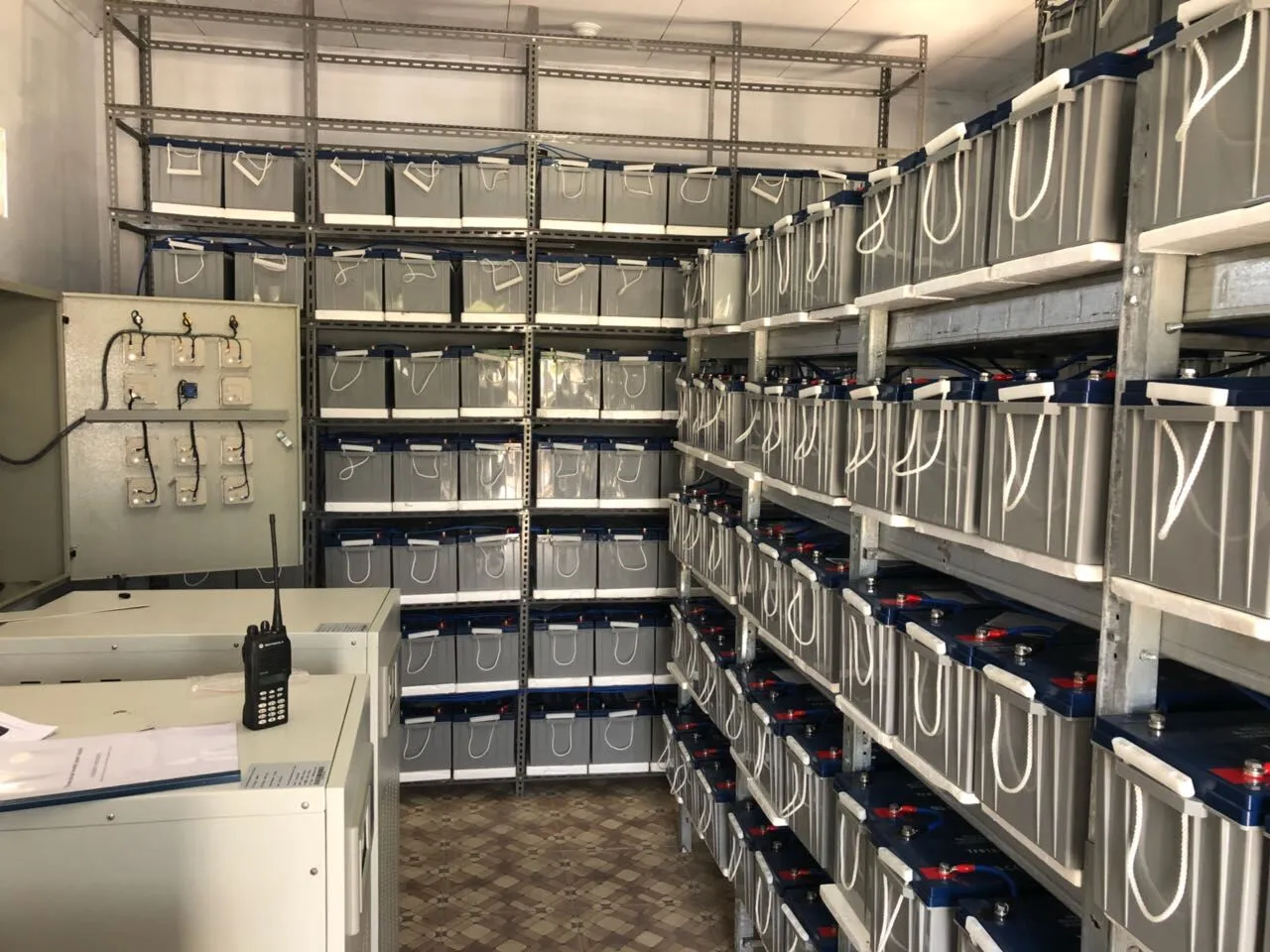
Recommendations for Solar Panel Frame Selection in Salt Spray Corrosion Environment

Why Coastal Environments Demand Special Attention
When you're installing solar panels near coastal areas, the breathtaking ocean views come with a hidden challenge: salt corrosion. This isn't just about protecting metal parts - it's about securing your energy future. Salt spray creates one of the most aggressive environments for photovoltaic systems. The corrosion issues that might take years to manifest inland can appear in just months along coastlines. I've seen panel frames deteriorate shockingly fast in these conditions - sometimes within a single year!
The science behind this is straightforward but devastating. Salt particles from sea breezes land on panel surfaces and frames. When morning dew or humidity settles on these particles, they create highly conductive electrolytes that trigger electrochemical corrosion. The aluminum frames most solar panels use are particularly vulnerable to chloride-induced pitting and galvanic corrosion when they come in contact with other metals.
What keeps me awake at night is how corrosion doesn't just create cosmetic damage. As one technician put it after inspecting a failed coastal installation, "Corrosion sneaks into places you can't easily see." I've personally witnessed junction box failures from salt creep that completely crippled arrays, and frame deterioration that threatened panel structural integrity during storms. This is why frame selection becomes mission-critical in these environments.

Understanding the Corrosion Threat Matrix
Not all corrosion is created equal. In my experience, solar installations face three primary threats in coastal environments:
- Galvanic Corrosion - The silent killer of mixed metal systems. This occurs when two dissimilar metals come into contact in the presence of salt moisture, creating a battery-like reaction where the more "active" metal corrodes.
- Crevice Corrosion - What happens in those tiny gaps stays in those tiny gaps...and eats away at your metals. It's particularly devastating in mounting hardware.
- Uniform Attack - The consistent erosion of frame surfaces that gradually weakens structural integrity.
Many installers don't realize that corrosion risk isn't just about proximity to the ocean. Coastal topography, prevailing winds, local humidity patterns, and even industrial pollution can dramatically accelerate corrosion. I always advise conducting a "salt load" assessment before installation - how many days per year does salt mist reach your site? That number can range from 50 days annually in protected coastal valleys to 300+ days on exposed cliffs.
The industry's testing standards - ASTM B117 and IEC 61701 - help us understand how materials behave. But here's something the lab tests don't show you: Real-world coastal conditions create a 'salt cycling' phenomenon that alternating wet/dry cycles dramatically increase. The salt concentration on surfaces can become far higher than in controlled salt spray chambers.

Frame Material Selection: Aluminum vs Alternatives
Aluminum remains the industry standard for panel frames for good reasons. It offers an excellent strength-to-weight ratio, it's naturally corrosion-resistant through oxide layer formation, and it's cost-effective. But not all aluminum alloys are equal for coastal use. For maximum durability, I recommend:
- 6061-T6 and 6063-T6 alloys provide better corrosion resistance than standard 6005 aluminum
- Anodized coatings with minimum thickness of 15-20μm (I've seen 5μm coatings fail within 2 years)
- Special marine-grade formulations with tighter alloy controls
But aluminum isn't the only game in town. Some manufacturers now offer frames using high-performance decorative profiles made from composite materials. These polymer-based alternatives eliminate metal corrosion entirely. While more expensive, they've proven incredibly durable in harsh Caribbean installations I've monitored. The added benefit is design flexibility - they can be manufactured in colors and profiles that blend with modern architecture.
For projects needing extreme durability, stainless steel frames are worth considering. Type 316 marine-grade stainless steel resists salt corrosion beautifully. Yes, they come with significant weight and cost penalties, but for critical infrastructure where replacement would be prohibitively expensive, that extra upfront cost becomes justifiable insurance. I recently recommended them for an off-grid island communications station where reliability was non-negotiable.

The Protective Finish: Beyond Simple Powder Coating
Finishes matter as much as base materials for corrosion protection. Standard powder coating alone won't cut it in serious salt spray conditions. Here's what actually works:
- Multi-layer paint systems incorporating zinc-rich primers with fluoropolymer topcoats. The zinc offers sacrificial protection while the fluoropolymer provides superior UV and chemical resistance.
- Anodizing + coating hybrids that combine the hardness of anodizing with the barrier protection of organic coatings.
- Fluoropolymer coatings like PVDF that maintain protective properties for decades instead of years.
Pay attention to edge protection! I can't emphasize this enough. The coating thickness at frame edges is crucial. Manufacturers often overlook these vulnerable spots during application. I've learned to insist on certification of minimum edge coating thickness rather than average thickness measurements. On projects where I've pushed for this, we've seen a 40% reduction in edge corrosion over standard treatments.
For existing installations that weren't properly protected, there are effective remediation strategies. I've successfully restored deteriorating frames using marine-grade conversion coatings followed by specialized elastomeric topcoats. The process adds significant lifespan to compromised frames, buying time for planned replacement cycles.
Installation Considerations That Prevent Problems
Your frames can be perfectly designed, but installation decisions can compromise everything. Here are critical installation practices I recommend for coastal projects:
- Manage metal pairings - Keep aluminum frames separated from stainless steel fasteners with nylon isolators to prevent galvanic reactions.
- Design for drainage - Eliminate areas where salt-laden water can pool. Angled mounts with drainage channels outperform flat installations.
- Embrace air gaps - Create ventilation space behind panels to accelerate drying after salt exposure.
Mounting hardware selection is equally critical. I insist on using fasteners with marine-grade protective coatings for coastal applications. Regular zinc plating quickly succumbs to salt spray, while mechanical plating with zinc-aluminum alloys or Dacromet coatings offers dramatically better protection. For the most corrosive zones, 316 stainless steel fasteners with antiseize compounds remain the gold standard.
I've learned that grounding methods can introduce unexpected corrosion paths. I specify tinned copper grounding wires instead of bare copper to reduce bimetallic reactions. Additionally, using dielectric gel in bonding connections prevents the salt-water intrusion that creates conductive pathways to accelerate corrosion.
Proactive Maintenance: Extending Frame Lifespan
Installation isn't the finish line - maintenance determines longevity. Coastal installations need specially designed maintenance protocols that account for salt accumulation. What I recommend:
- Quarterly inspections focused on frame corners, joints and hardware
- Gentle cleaning with de-ionized water that doesn't leave mineral residues
- Salt neutralizing rinses that actively counteract chloride ions
Traditional cleaning methods can actually accelerate corrosion. High-pressure washing forces salt particles deeper into joints and microfissures. Abrasive cleaning pads destroy protective coatings. Instead, I train technicians to use low-pressure soft water rinses followed by specialized polymer treatments that leave a protective barrier film. These practices have extended frame life by 3-5 years in my managed portfolios.
When I conduct maintenance training, I emphasize the "pinch point" inspection technique. These are the high-stress locations - mounting points, corners and connectors - that often reveal early corrosion signs before it becomes visible elsewhere. Catching problems at these locations has saved countless arrays from catastrophic failure during storm events.
Case Study: Lessons from a Failed Project
Five years ago, I evaluated a solar project in Florida that was failing spectacularly after just three years. The developer had used standard off-the-shelf aluminum frames with basic powder coating. The installation featured mixed stainless steel and mild steel hardware without dielectric separation. The results were textbook corrosion failure:
- Frame deterioration at hardware contact points
- Severe galvanic corrosion where copper grounding cables contacted aluminum
- Accelerated degradation due to water-trapping design
This project became my cautionary tale for ignoring environmental realities. The repair costs exceeded the original installation cost - a painful lesson in false economy.
We implemented a comprehensive restoration: All compromised hardware was replaced with marine-grade equivalents. The aluminum frames received meticulous prep and recoat with a fluoropolymer system. We redesigned mounting points to eliminate water traps and installed dielectric separators at every dissimilar metal junction.
Three years post-remediation, the system shows only minor weathering. The extra investment increased the projected lifespan from a potential 5-year replacement cycle to at least 15 years of productive operation.
Future-Proof Design Recommendations
For professionals planning coastal solar projects, my recommendations have evolved to incorporate these essential practices:
- Demand IEC 61701 Level 6 certification for frames and components
- select frames with certified salt spray ratings exceeding standard requirements
- Include marine surcharges (3-5% of project budget) specifically for corrosion protection
We're at the cusp of significant material innovation. I'm currently evaluating shape-memory polymers that can self-heal micro-abrasions in coatings. Graphene-enhanced aluminum alloys under development show incredible potential to maintain strength while providing nearly inert corrosion resistance. And ceramic nanocomposite frames that eliminate metal content entirely could revolutionize coastal solar within the decade.
The key insight I want to leave you with is this: Salt spray environments demand more than component upgrades - they require system thinking. Frame selection is just one element in a holistic approach that encompasses material science, electrical design, structural engineering, and maintenance protocols. When you get this right, you transform what should be an expensive maintenance headache into a remarkably resilient energy asset that stands strong against sea winds year after year.
Tags:
Recommend Products











